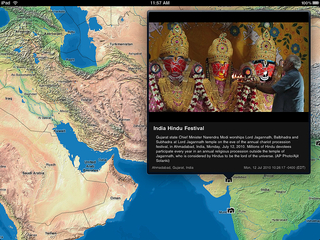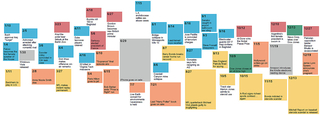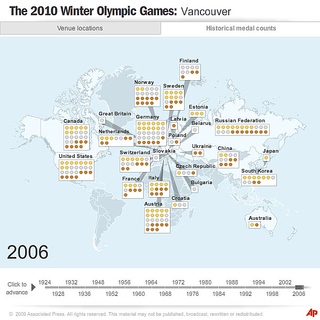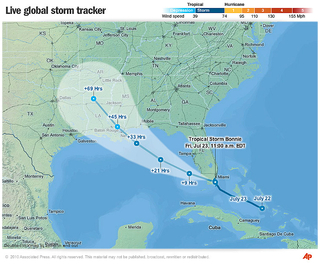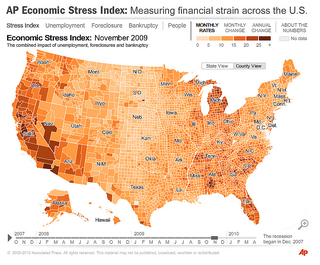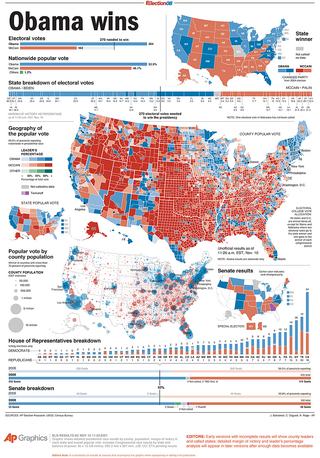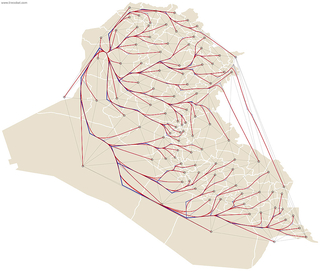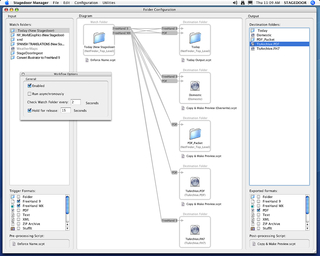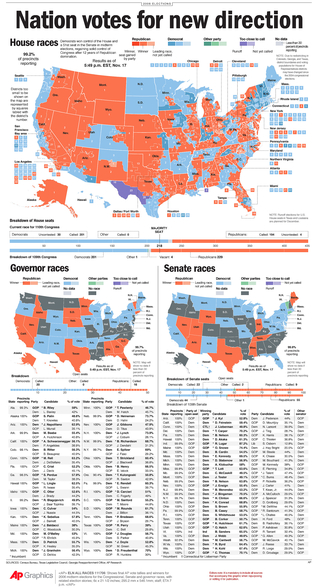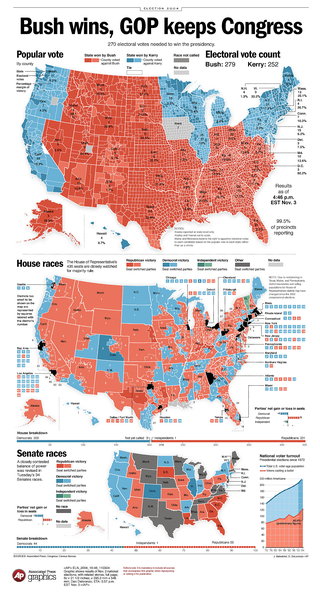This iPad app is the proof-of-concept for an algorithm I designed to present large numbers of items in a compact layout. The concept uses a variable, multi-column format to give readers a feeling of variety on long pages.
The layout code was designed to find an optimal article layout—defined generally as the column configuration that contains the least dead space—using multiple column formats. In this test app, dead space is marked with diagonal lines; in a final app, the article heights would adjust to fill the column.

